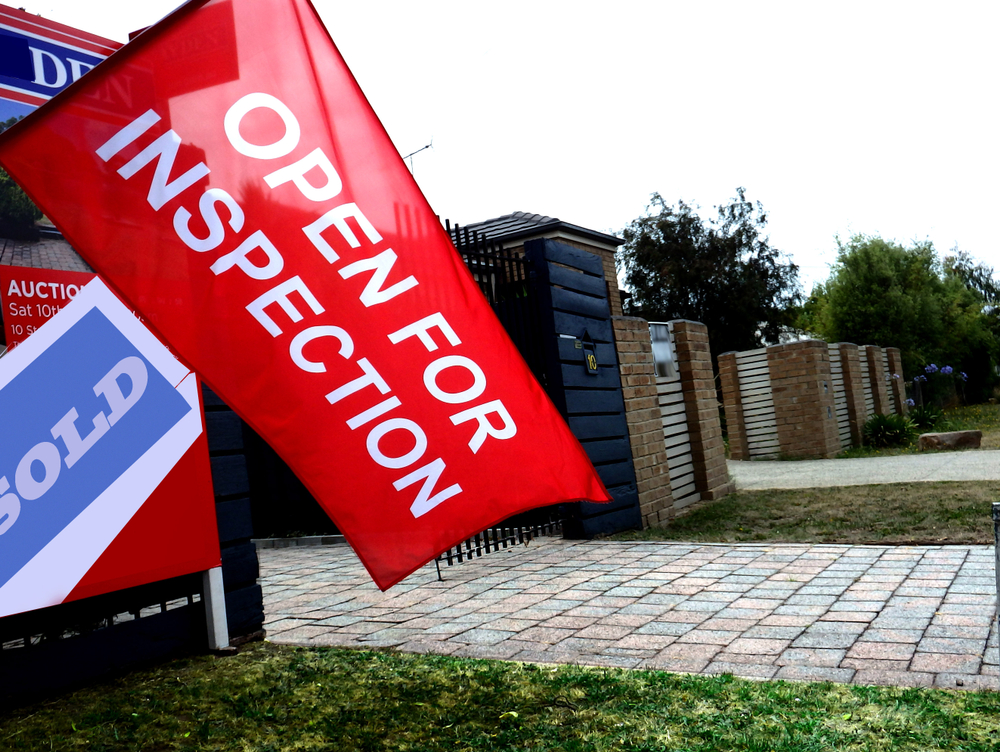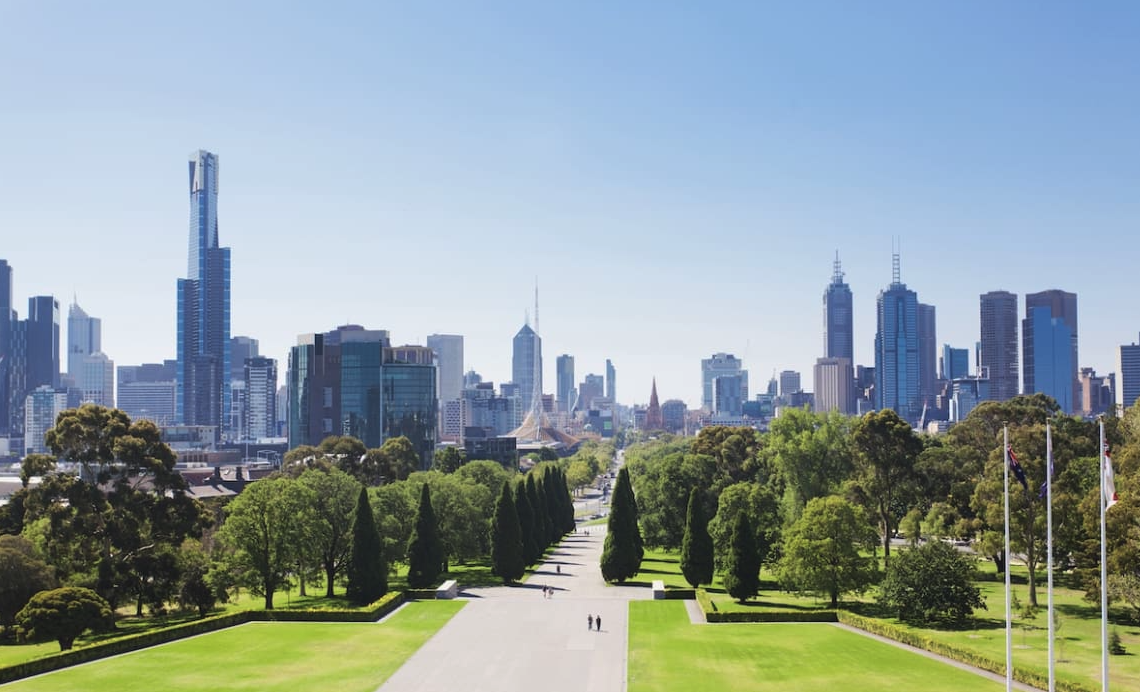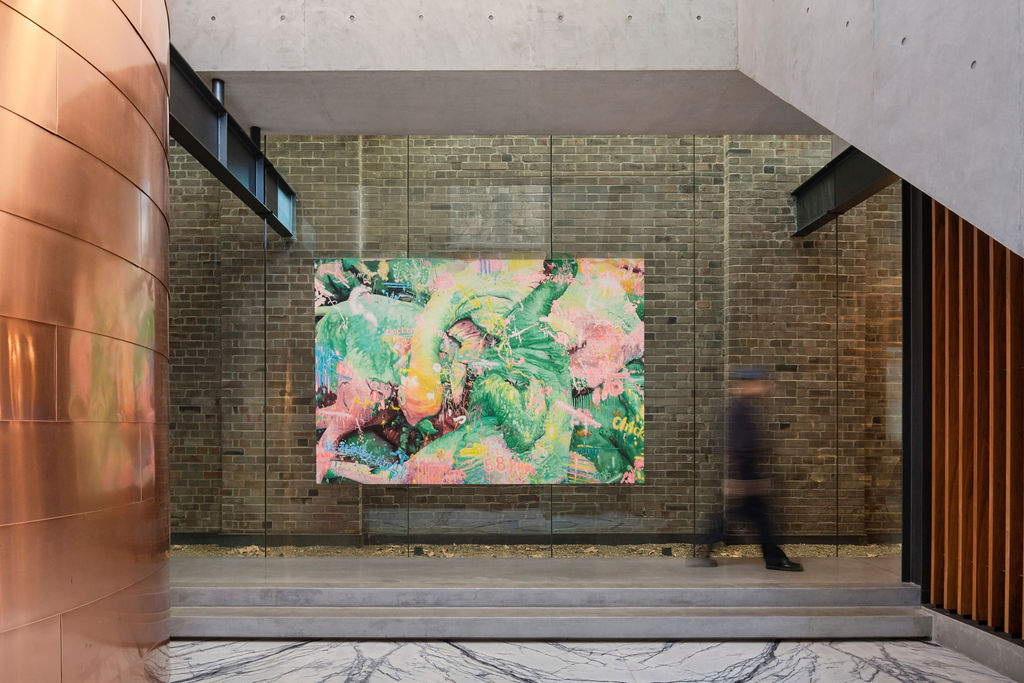Corey Pavin on Taking a Shot at Making Golf Greens More Green
Though golf courses offer long acres of lush grass, tall trees and rippling ponds, they’re not the most popular venues among environmentalists. Citing their effect on wildlife and the potential impact on a venue’s water table, those worried about conservation and sustainability find much to dislike on any 18-hole tract.
For more than a decade, 1995 U.S. Open champion Corey Pavin has worked to improve golf’s relationships with the world hosting it. Known as one of the more amiable and self-effacing players on the PGA Tour (and, currently, the Champions Tour), the 64-year-old native of Southern California remains one of the leading proponents of sustainability in golf.
During preparations to play the 2024 Senior PGA Championship at Michigan’s Harbor Shores—a course built on a reclaimed industrial dumping ground in Benton Harbor—Pavin explored what brought him into the sustainability movement and why he continues to push more environmentally responsible golf courses.
Penta : You claimed a Major Championship, won 15 times on the PGA Tour and captained a Ryder Cup team during four decades of professional golf. How did you find an interest in sustainability along the way?
Corey Pavin: I grew up in California, so recycling was always a big deal there before the movement expanded across the United States and around the world. So, I came into golf already aware of the need to recycle and look after the environment.
What brought you into a leadership position working toward environmental sustainability in golf?
I do most of this work due to my association with Dow Chemical. I’ve been with them for 15 years now, and they started a big program for sustainability and recycling. They’ve done a lot to make me aware of what needs to be done and helped me to reduce my own carbon footprint. … I also worked with the nonprofit GEO Foundation for Sustainable Golf, which is dedicated to making golf and the golf community ecologically friendly.
Have you found there to be tension between the sport of golf and the environmentalist movement?
I knew growing up the environmental effects of golf and golf courses was a huge concern and a cause of a lot of conversation. There were debates over the chemicals used on a course and how they can affect groundwater and other elements.
I think a lot of strides are being made with what materials get used on a golf course with an eye toward what effect they could have on the environment. There’s been a lot of work in the last two decades to make courses less harmful.
What advancements have golf operations made in course design, building, and management?
First of all, there’s been a push for years now with course designers to avoid bringing in any outside species such as grass or other plants that could change the ecology of an area. You’re seeing so many more courses now that use only native elements. There’s also been a lot of strides made on how courses are maintained, what grasses they use, and how the greens crews treat the grasses.
Is it difficult to balance environmental factors with efforts to provide a quality golf course?
You want to design and build a quality course and keep it in good shape, but we have the means now to eliminate negative environmental impact from a golf course being built or operating. For example, concepts such as using recycled, non-potable water for the grass or choosing salt-resistant grasses that can be fed with brackish seawater keep fresh water preserved and entirely off the course.
Beyond water usage, what positive effects can a modern golf course have on the environment?
You also have to consider the adjacent land near a course. The presence of golf near a forest or marshland can lead to an effort to preserve that space that wasn’t a priority earlier.
Are you seeing efforts to update or reimagine golf courses built before the environmental movement came to the fore?
Yes, there are so many modification ideas a golf course can use to limit or reduce the amount of grass that needs to be watered. I’m seeing courses add natural waste areas of plants that require very little water or more sandy areas that require no water at all. Over the last decade, I’ve seen courses all around the world shifting to those designs. Beyond saving water, those ideas also reduce the amount of necessary maintenance and save energy.
Way back when, crews used to just bulldoze everything and transform an area into a course without giving thought of what that could do. Once it became clear that we could build golf courses that can involve more of the natural habitat and disturb much less of the natural environment that was already in place, I think it became obvious there was no reason to design or build courses any other way.
As a player, does it just make you happy seeing these sustainable changes?
I love seeing it, not just because I’m aware of how important clean water is, but because I’ve always liked golf courses that have a natural look to them.
The 2024 Senior PGA Championship was at Harbor Shores this year—a course developed on wetlands reclaimed from an industrial waste site. Could we see golf actually restoring the environment in cases like we find in Benton Harbor, Mich.?
I think that’s a great example of responsible course building and management. Initially, [Harbor Shores] was more a case of recycling and reclamation, but it operates now within those wetlands as a sustainable model. We can see more cases of dump sites becoming courses because you’re dealing with land that can’t really be used for much else. Once the ground is cleaned and treated, I can’t think of any better place to build a golf course because just the act of creating the venue cleans that garbage from the land.
We can now make golf courses that look like they were always supposed to be there from the beginning.
This interview has been edited for length and clarity.
 Copyright 2020, Dow Jones & Company, Inc. All Rights Reserved Worldwide. LEARN MORE
Copyright 2020, Dow Jones & Company, Inc. All Rights Reserved Worldwide. LEARN MORE
A divide has opened in the tech job market between those with artificial-intelligence skills and everyone else.
A 30-metre masterpiece unveiled in Monaco brings Lamborghini’s supercar drama to the high seas, powered by 7,600 horsepower and unmistakable Italian design.
Buyer demand, seller confidence and the First Home Guarantee Scheme are setting up a frantic spring, with activity likely to run through Christmas.
The spring property market is shaping up as the most active in recent memory, according to property experts Two Red Shoes.
Mortgage brokers Rebecca Jarrett-Dalton and Brett Sutton point to a potent mix of pent-up buyer demand, robust seller confidence and the First Home Guarantee Scheme as catalysts for a sustained run.
“We’re seeing an unprecedented level of activity, with high auction numbers already a clear indicator of the market’s trajectory,” said Sutton. “Last week, Sydney saw its second-highest number of auctions for the year. This kind of volume, even before the new First Home Guarantee Scheme (FHGS) changes take effect, signals a powerful market run.”
Rebecca Jarrett-Dalton added a note of caution. “While inquiries are at an all-time high, the big question is whether we will have enough stock to meet this demand. The market is incredibly hot, and this could lead to a highly competitive environment for buyers, with many homes selling for hundreds of thousands above their reserve.”
“With listings not keeping pace with buyer demand, buyers are needing to compromise faster and bid harder.”
Two Red Shoes identifies several spring trends. The First Home Guarantee Scheme is expected to unlock a wave of first-time buyers by enabling eligible purchasers to enter with deposits as low as 5 per cent. The firm notes this supports entry and reduces rent leakage, but it is a demand-side fix that risks pushing prices higher around the relevant caps.
Buyer behaviour is shifting toward flexibility. With competition intense, purchasers are prioritising what they can afford over ideal suburb or land size. Two Red Shoes expects the common first-home target price to rise to between $1 and $1.2 million over the next six months.
Affordable corridors are drawing attention. The team highlights Hawkesbury, Claremont Meadows and growth areas such as Austral, with Glenbrook in the Lower Blue Mountains posting standout results. Preliminary Sydney auction clearance rates are holding above 70 per cent despite increased listings, underscoring the depth of demand.
The heat is not without friction. Reports of gazumping have risen, including instances where contract statements were withheld while agents continued to receive offers, reflecting the pressure on buyers in fast-moving campaigns.
Rates are steady, yet some banks are quietly trimming variable and fixed products. Many borrowers are maintaining higher repayments to accelerate principal reduction. “We’re also seeing a strong trend in rent-vesting, where owner-occupiers are investing in a property with the eventual goal of moving into it,” said Jarrett-Dalton.
“This is a smart strategy for safeguarding one’s future in this competitive market, where all signs point to an exceptionally busy and action-packed season.”
Two Red Shoes expects momentum to carry through the holiday period and into the new year, with competition remaining elevated while stock lags demand.
Australia’s market is on the move again, and not always where you’d expect. We’ve found the surprise suburbs where prices are climbing fastest.
From Italy’s $93,000-a-night villas to a $20,000 Bowral château, a new global ranking showcases the priciest Airbnbs available in 2026.
























